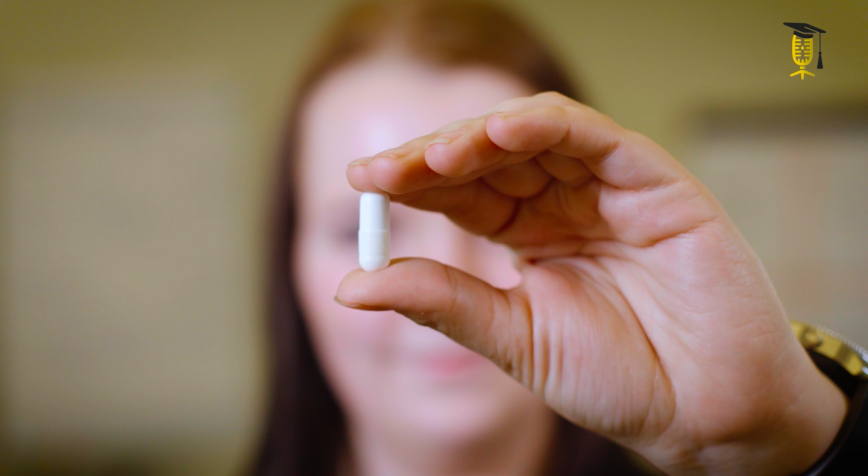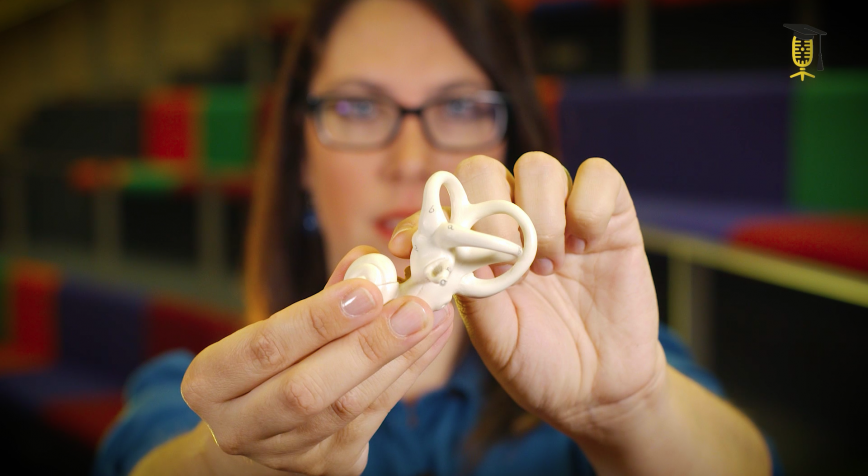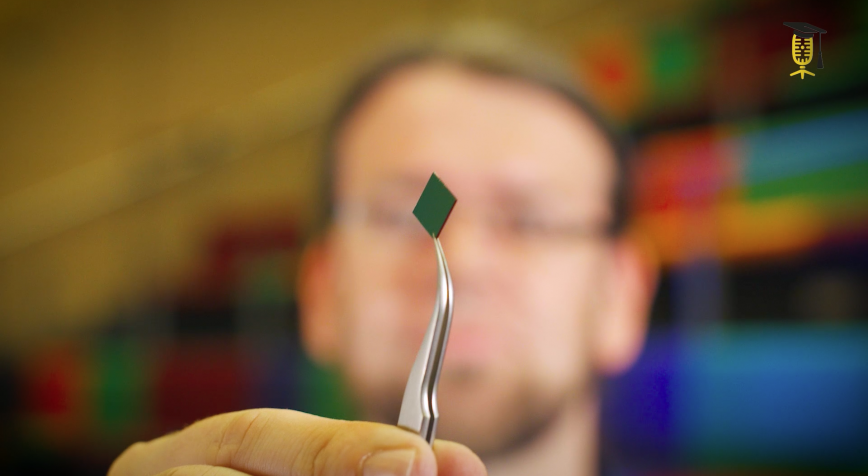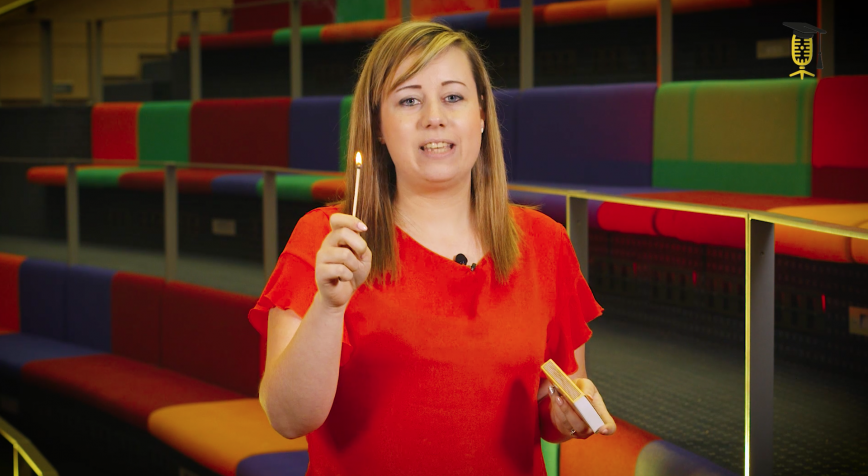
UHasselt
Wheezing and rattling. What's the problem?
Did you know that half of the children experience a period of noisy breathing in their first year of life? For a doctor it's not always easy to come to the right diagnosis. Will the research by Gitte Slingers (University of Hasselt) soon provide any relief?






